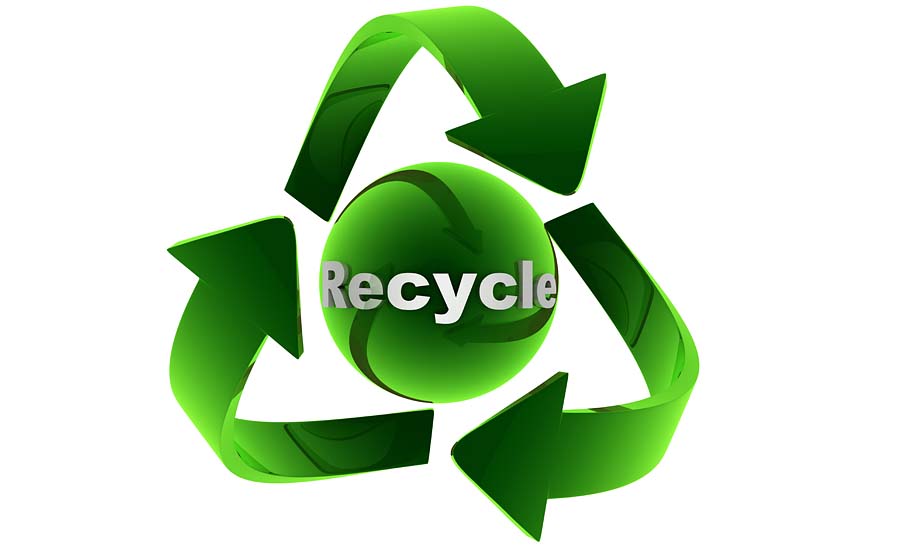Top 10 countries for LEED green building
China tops the list, as demand for sustainable buildings outside of United States continues to drive LEED certification and green construction.

U.S. Green Building Council (USGBC), Washington, D.C., announced the Top 10 countries for LEED, a list that highlights countries outside the United States that are making significant strides in sustainable building design, construction and market transformation.
These countries represent the ever-growing international demand for LEED-certified green buildings. This year, China moved from second to first place as the largest user of LEED, with 34.62 million gross square meters of certified LEED space. Canada, India, Brazil and the Republic of Korea rounded out the Top 5 countries, respectively.
“By recognizing these leading countries, we are showcasing the exponential growth of LEED in the global marketplace and an international commitment to the creation of a sustainable built environment,” says Mahesh Ramanujam, president and CEO. “As we pursue a worldwide effort to mitigate climate change, LEED and the green building industry have created a path forward for market transformation while changing the way we think about how buildings, communities and cities are planned, constructed, maintained and operated.”
Global green building is expected to double every three years, according to “World Green Building Trends 2016,” a report published by Dodge Data & Analytics, Austin, Texas, to which USGBC was a contributing partner. Conducted in 70 countries, the report found that emerging economies like China, India and Brazil will be engines of green growth, with development varying from twofold to sixfold over current green building levels. Increased consumer demand also pushed the world’s green building market to a trillion-dollar industry, a surge that has led to a corresponding increase in the scope and size of the green building materials market, which is expected to reach $234 billion by 2019.
LEED, or Leadership in Energy and Environmental Design, is said to be the world’s most widely used green building rating system. The analysis used to develop the list ranks countries in terms of cumulative LEED-certified gross square meter space as of December. LEED-certified spaces use fewer energy and water resources, save money for families, businesses and taxpayers, reduce carbon emissions and prioritize environmental and human health.
Looking for a reprint of this article?
From high-res PDFs to custom plaques, order your copy today!



